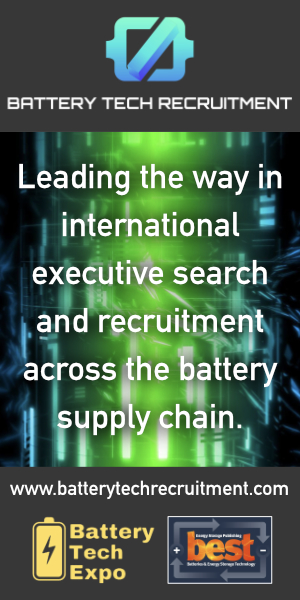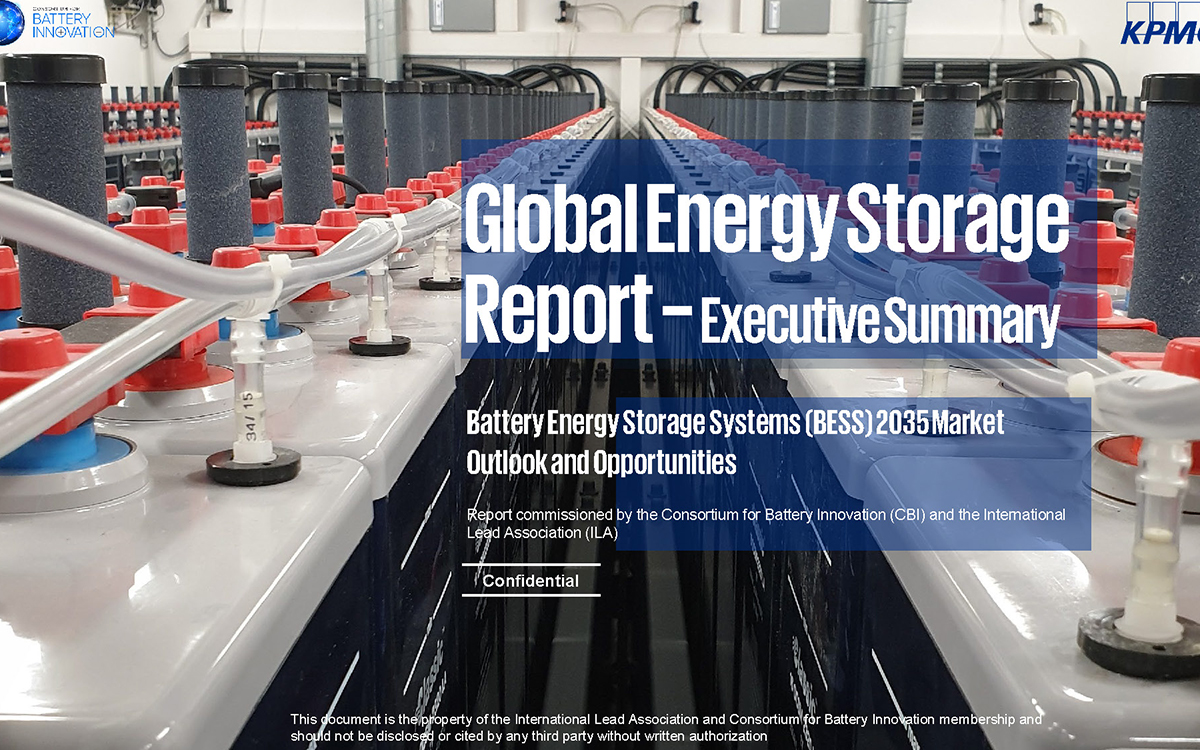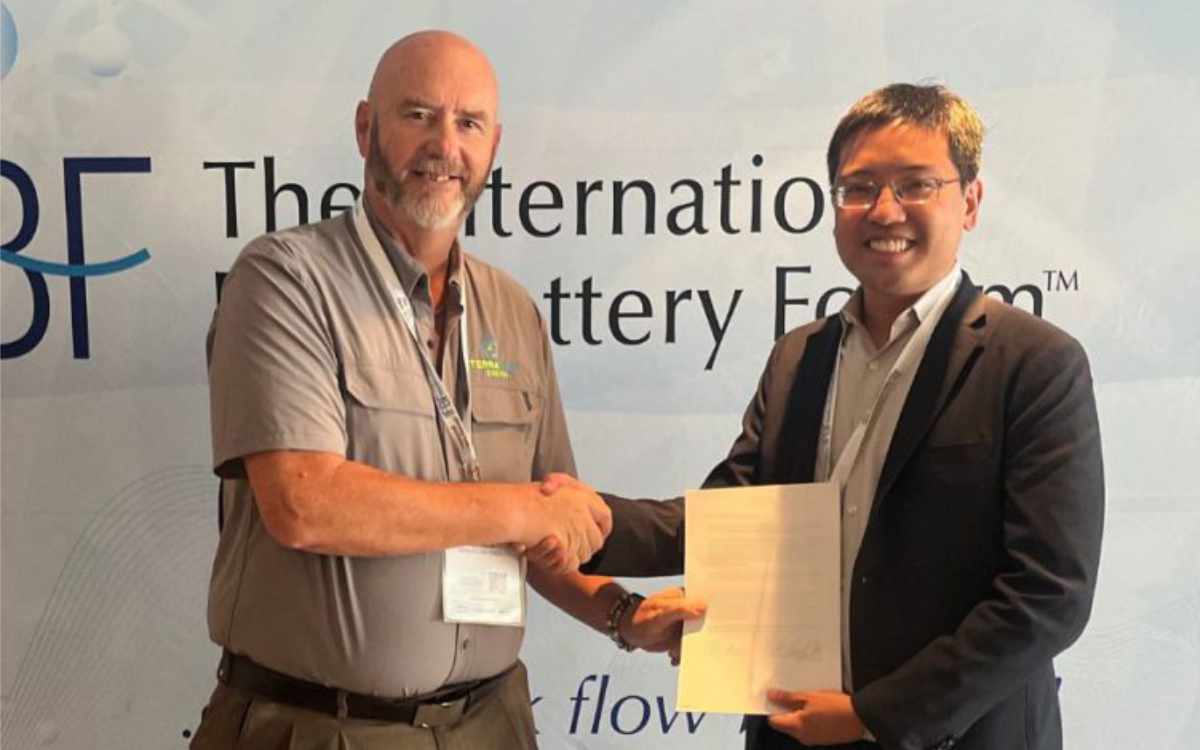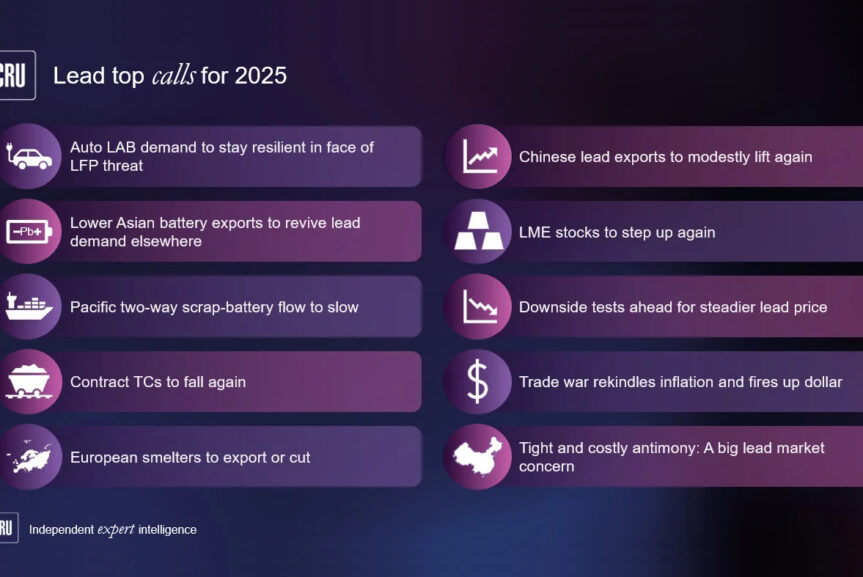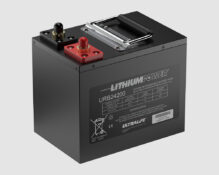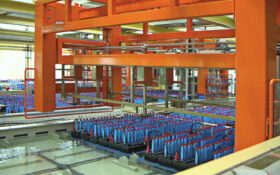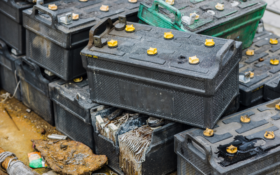Gerry Woolf speaks with Mark Stevenson and the senior management team of the latest entrant to the Motive Power sector— Eternity Technologies.
It's a miserable time in Europe in November. The clocks have been put back, the days are shorter, the economy is in a mess, the Euro is under threat. What better time for BEST to hop on a plane and fly to the new hub of the world, which has been growing rapidly and, at the time of our visit, was celebrating its 40th anniversary— the United Arab Emirates— then pay a visit to . . .
to continue reading this article...
Sign up to any Premium subscription to continue reading
To read this article, and get access to all the Premium content on bestmag.co.uk, sign up for a Premium subscription.
view subscription optionsAlready Subscribed? Log In


